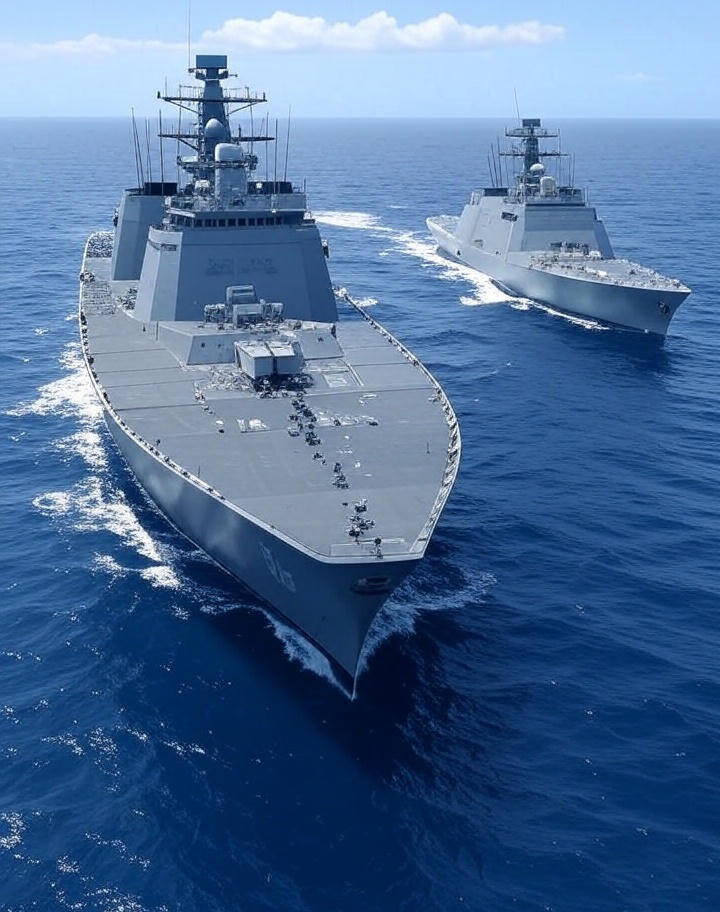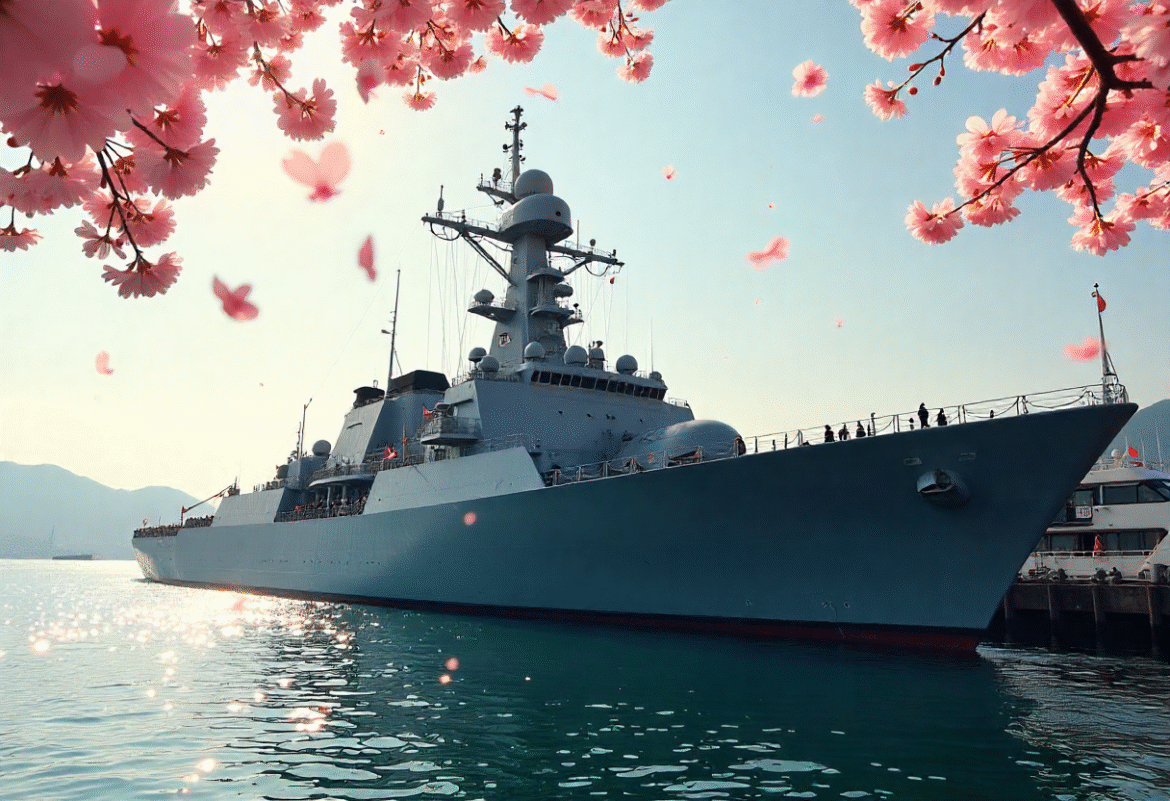Context & Significance
Japan has agreed to transfer six retired Abukuma class destroyer escorts to the Philippine Navy a landmark deal marking Japan’s first export of domestically built destroyers (Overt Defense, Manila Times, The Defense Post). The agreement, which emerged following discussions at the Shangri La Dialogue in Singapore in June 2025, is intended to strengthen Manila’s maritime defense amid intensifying pressures from China’s assertive actions, particularly in the South China Sea (Overt Defense, Yahoo, Marine Insight, Defence Security Asia, Naval News).
Technical Overview
The Abukuma class destroyer escorts commissioned between 1989 and 1993 displace around 2,000 to 2,550 tons, carry a crew of ~120, and are equipped with anti ship and anti submarine missiles, torpedo tubes, naval guns, and in some upgraded variants, Phalanx CIWS (Overt Defense, Manila Standard, Defence Security Asia, Naval News).
These ships offer the Philippine Navy vital anti-ship reach, new anti-submarine warfare capability, and modern sensors capabilities the Philippines has long lacked (Defence Security Asia, Lowy Institute).
Strategic Implications
- Rapid Capability Boost for the Philippines
The addition of these warships could significantly enhance Manila’s sea denial posture, giving it a more credible deterrent against Chinese intrusions near features like Scarborough and Second Thomas Shoal (Defence Security Asia, Lowy Institute). Until now, the Philippine Navy operated mainly frigates, corvettes, and patrol vessels none with comparable anti ship/offensive firepower (Baird Maritime / Work Boat World, Defence Security Asia). - Strengthening Bilateral & Triangular Security Ties
This initiative underscores growing defense cooperation between Japan and the Philippines. Previously, Japan had already delivered radar systems, signed Reciprocal Access Agreements, and enabled logistics support (Marine Insight, Naval News, Lowy Institute). It also complements trilateral alignment with the United States as all three coordinate maritime deterrence in the Indo Pacific. - Japan’s Arms Export Evolution
Japan has traditionally maintained strict post-WWII restrictions on lethal arms exports. However, recent policy revisions now allow jointly developed defense transfers. The Abukuma deal represents a significant shift in Japan’s defense diplomacy one step further than previous deliveries like surveillance radar systems (Overt Defense, Defence Security Asia, Defense Security Monitor). - Logistics and Sustainment Challenges
While strategically valuable, these vessels are aging, and the Philippines will face maintenance, parts, training, and infrastructure challenges, including port facilities and spare parts supply. Refurbishment and integration will require investment but could buy critical lead time while newer platforms arrive (Baird Maritime / Work Boat World, Defence Security Asia, Lowy Institute).

Broader Indo Pacific Dynamics
This move sends a clear message across the region: Japan is willing to play a more assertive security role alongside U.S. allies and partners (Defence Security Asia, Globedge). It may also encourage similar capacity building initiatives by other Southeast Asian nations seeking to modernize their maritime forces.
While it doesn’t fundamentally shift the regional balance China’s fleet remains far larger the Abukuma transfer raises the cost of coercion and contributes to a more resilient regional architecture (Defence Security Asia, Defense Security Monitor).
Summary
Japan’s decision to transfer six Abukuma-class destroyers to the Philippines is both a pragmatic boost to Manila’s maritime defense and a strategic signal of deepening Japan Philippines security cooperation. It reflects Tokyo’s evolving role in Indo Pacific security, enhances deterrence in the South China Sea, and underscores the logistical challenges nations face in modernizing naval capabilities. Still, it opens new avenues for joint development, interoperability, and regional stability.

